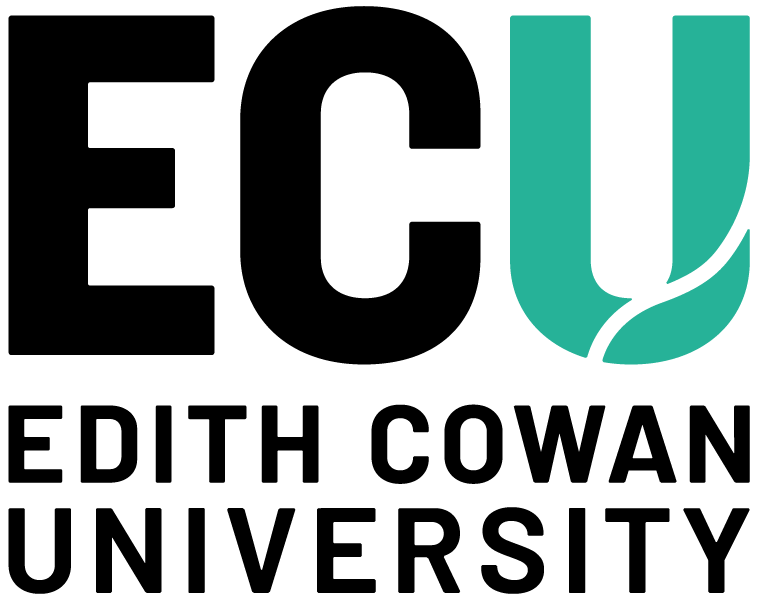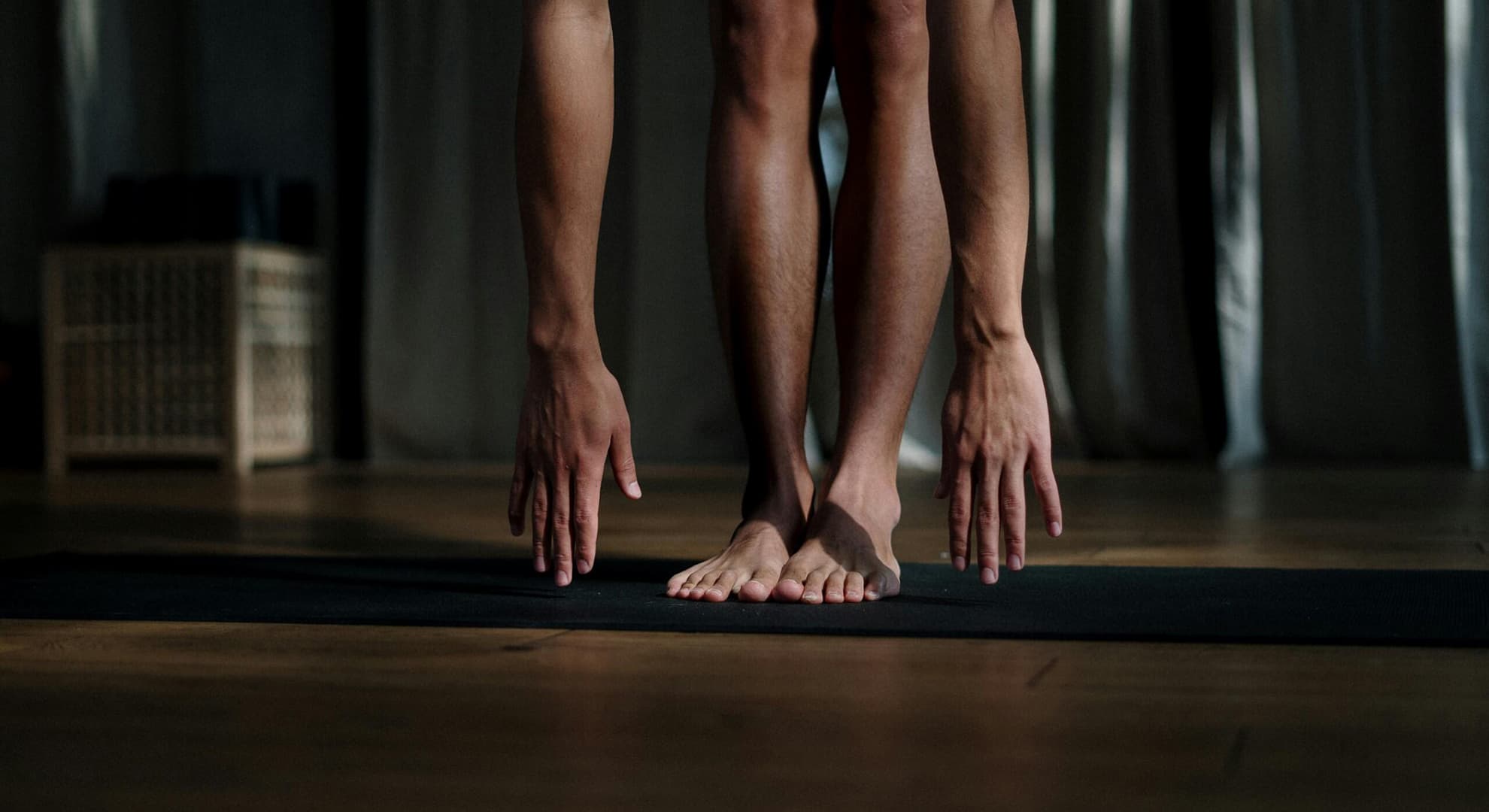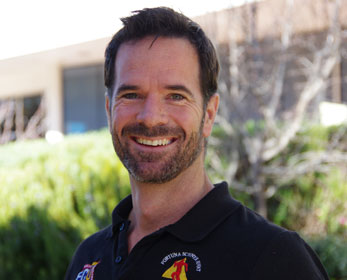Researchers at Edith Cowan University's (ECU) School of Medical and Health Sciences are poised to benefit from a ten-camera motion capture system to assist in examining movement and injury risks, as well as recovery.
Professor of Biomechanics at ECU, Professor Anthony Blazevich said the newly installed VICON system, worth $350,000, would maximise the existing space at ECU's Biomechanics Laboratory.
"We have one of the largest motion capture laboratories in Australia, if not the southern hemisphere. However, our previous system was unable to effectively capture that space. With the installation of the VICON system, the accuracy of our measurements and the space in which we can capture movement has been multiplied."
Pro-Vice-Chancellor (Sport) and Professor of Human Performance at ECU, Professor Sophia Nimphius said the equipment investment and unique skillsets of these researchers extended ECU's capacity for impactful research in human performance within and beyond sport.
Lecturer of Biomechanics, Dr. Shayne Vial highlighted the capabilities of the new three-dimensional (3D) motion capture system, saying the innovative technology enables researchers to accurately track and record the movements of study participants by placing markers on their bodies. By reconstructing movements in three-dimensional space, the system enables precise measurement of human movement, providing researchers with detailed insights into an individual's movement patterns
"This will provide us with a lot of information, allowing us to analyse what is happening at each joint. Our eventual aim is to move towards energy flow analysis, which shows how energy is transferred between various parts of the body."
Dr. Vial said the newly installed equipment would also allow him to apply his own research to a larger cohort.
Dr. Vial is currently researching if blood flow restrictions would elicit changes in gait symmetry and variability in individuals with chronic hip pain.
"The research involves using blood pressure cuffs to restrict blood flow to the lower limbs. This intervention introduces 'noise' to the athlete's system, disrupting their typical walking gait pattern and prompting adaptation to a new one. If successful, this approach could be extended to address various injuries, such as anterior cruciate ligament (ACL) injury and other lower limb conditions."
Meanwhile, Lecturer in Strength and Conditioning, Dr. Daniel Kadlec, who has been awarded grant funding from the Australian Institute of Sport (AIS) to study movement variability as part of the National Research Agenda to help drive Australia towards the 2032 Olympics, was excited to apply the new equipment to help improve athletic performance.
"We have a strong belief that there is a gap in the current test measures in place for athletes recovering from injury. In addition to measuring their physical output and their maximum performance, we feel there is an opportunity to measure movement variability and its impact on sports performance and injury risk alike. If we can understand and quantify movement variability, practitioners can optimise and individualise training to drive for a better performance outcome overall," said Dr. Kadlec.
He noted that by using the VICON system, a more accurate reading of human movement and athletic performance could be ascertained, which is crucial to providing actionable and meaningful training recommendations to practitioners and coaches.

 The innovative technology enables researchers to accurately track and record the movements of study participants by placing markers on their bodies.
The innovative technology enables researchers to accurately track and record the movements of study participants by placing markers on their bodies.






